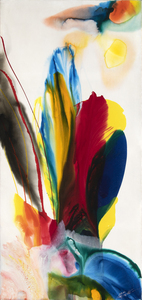ALEXANDER CALDER (1898-1976)










Procedencia
Galerías Perls, Nueva YorkColección privada, Florida, 1974
195,000
Historia
"Fue una mañana temprano en un mar en calma, frente a Guatemala, cuando por encima de mi sofá -un rollo de cuerda- vi el comienzo de un amanecer de un rojo ardiente por un lado y la luna que parecía una moneda de plata por el otro. De todo el viaje, esto fue lo que más me impresionó; me dejó una sensación duradera del sistema solar".
Zigzag, Sol y Peñascos no es un recuerdo de esa experiencia, que tuvo lugar el 9 de junio de 1922. Es una obra estimulante que celebra la manera inimitable de Calder de transmitir la maravilla de la dinámica de la naturaleza amplificando nuestra experiencia de ella. Si, como él desea, nos transmite una sensación de interconexión y pertenencia, como le ocurrió a él en la costa de Guatemala cuando era un joven marino mercante, tanto mejor.




















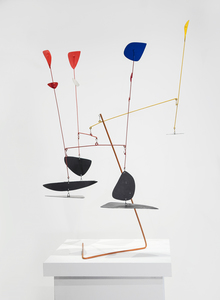
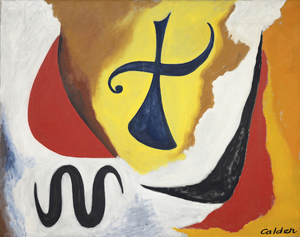















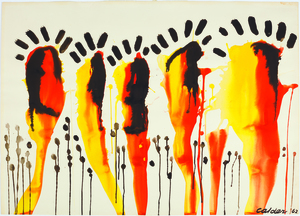


_tn45730.jpg )
_tn45729.jpg )

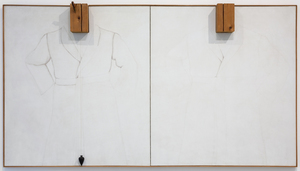






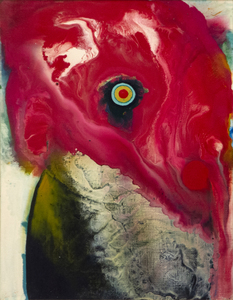
_tn43322.jpg )
_tn43321.jpg )
_tn39239.jpg )

_tn43320.jpg )

